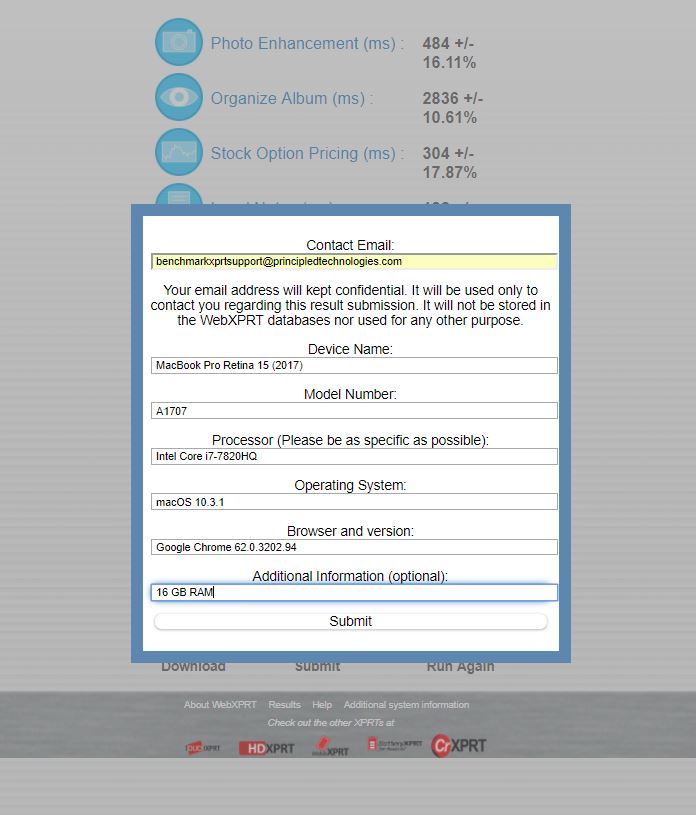This week’s Essential Phone entry marks the 100th device that we’ve featured in the XPRT Weekly Tech Spotlight! It’s a notable milestone for us as we work toward our goal of building a substantial library of device information that buyers can use to compare devices. In celebration, I thought it would be fun to share some Spotlight-related stats.
Our first Spotlight entry was the Google Pixel C way back on February 8, 2016, and we’ve featured a wide array of devices since then:
- 33 phones
- 16 laptops
- 16 tablets
- 16 2-in-1s
- 6 small-form-factor PCs
- 5 desktops
- 5 game consoles
- 3 all-in-ones
In addition to a wide variety of device types, we try to include a wide range of vendors. So far, we’ve featured devices from Acer, Alcatel, Alienware, Amazon, Apple, ASUS, BLU, CHUWI, Dell, Essential, Fujitsu, Google, HP, HTC, Huawei, Intel, LeEco, Lenovo, LG, Microsoft, NVIDIA, OnePlus, Razer, Samsung, Sony, Syber, Xiaomi, and ZTE. We look forward to adding many more to that list during the year ahead.
XPRT Spotlight is a great way for device vendors and manufacturers to share PT-verified specs and test results with buyers around the world. If you’re interested in sending in a device for testing, please contact XPRTSpotlight@PrincipledTechnologies.com.
There’s a lot more to come for XPRT Spotlight, and we’re constantly working on new features and improvements for the page. Are there any specific devices or features that you would like to see in the Spotlight? Let us know.
Justin













